Travel 2020 | 4 min read

[Products pictured: Signature 2.0 Tote + Signature 2.0 Toiletry + Signature 2.0 Mini Tote -- all in Rose Gold]
Tips for Kids of All Ages
1. Leave early!
Whether it’s a flight, train, or car ride, always leave a little earlier than needed. It’s expected that someone will forget something, need a restroom break, or take a little too long to get out of pajamas. Give yourself an additional buffer of 30 minutes to an hour just in case.
2. Make sure to load up on hand sanitizer, hand wipes, other disinfectant products, and face masks.
Not only is this crucial during a pandemic, but many of these precautions should be taken at all times. Kids love to touch everything in sight (including their own mouths) so it’s important to keep these stocked up and on stand-by.
3. Don’t overpack
Even without kids, many people tend to overpack. When it comes to packing for your children, it’s best to pack an outfit for every day of travel, plus 2 additional outfits, just in case. This ensures backups for outfits that get soiled from accidents, spills, etc. Plus, when you’re traveling with younger kids, you’ll likely end up carrying one, so having lightweight luggage that offers hands-free mobility, would alleviate some of the hassle.
4. Keep track of the kiddos
There may be a lot of bustle when trying to get everything situated for transportation, hotels, activities, etc., but it’s important to make sure you know where your children are at, at all times. For kids that are too young to memorize your phone number or address, make a card that contains your name, phone number, address, and email address. Keep this in their pocket or pin this to their belt loop.
5. Try to stay stress-free
Children tend to reciprocate behaviors and emotions from their parents. If you let anxiousness and stress overwhelm you throughout the travel process, it’s likely your kids will become stressed and agitated as well.
6. Prepare for special needs and diets
If anyone in your family has special or dietary needs, make sure that there will be viable options available at your destination. If you’re traveling internationally, it’s helpful to have these needs printed on a card for transportation, hotel, and restaurant personnel to easily read. This should include: allergies, special diets (vegetarian, vegan, soy-free, gluten-free, etc.), physical or mental needs, and any other notes.
7. Don’t overdo souvenir shopping
For short trips, make a deal that each child can pick out 1 item throughout the trip. Let them know about the different activities on the itinerary, and help them determine if they’d most enjoy a gift from a museum, local gift shop, marketplace, etc. It may be a good idea to do all souvenir shopping on the last day/night of the trip so nothing gets lost, and you won’t have to worry about lugging it around all trip. For long trips, suggest that each child get something small to collect that won’t take up too much room in their luggage.
8. Accept that mishaps will happen
Understand that you may miss a bus, tour, or showtime, because of emergency potty breaks. Or, someone may leave behind a cell phone or electronic device in the taxi. These things are bound to happen, so it’s best to just accept this and not let them stress you out!
For Infants
Children within the 0-2 age range are easiest to travel with. They can be easily carried in a portable bassinet, pushed in a stroller, or swaddled close. For this age group, the biggest challenge is staying on a familiar eating and sleeping schedule. This is important to keep in mind when purchasing transportation tickets and knowing what to expect on the day of travel. Your infant is less likely to become agitated if their day seems to flow as normal. If you plan well enough, you may get away with having your baby sleep the entirety of the ride, or catch them right around meal time.
When packing your carry-on item for you and your infant, it’s recommended to use a hands-free option like this travel backpack. This style of bag allows you to focus on what needs to be carried like a stroller, car seat, and any other luggage. Your carry-on travel backpack should include:
Comfort Items
-swaddle blanket
-pacifier & clip (or teething ring)
-extra pajamas or onesie
Diaper-changing Items
-extra diapers (one for every hour or travel--additional diapers to be stored in check-in luggage)
-box of wipes
-diaper rash cream
-dirty diaper bags (in case you have to change a diaper and can’t dispose of it right away)
-sanitizing wipes
Feeding Items
-bottles with formula already pre-measured (purchase water after security or ask your flight attendant for warm water)
-bib
-spoon + squeeze pouch baby food
-baby’s favorite snack
Health Items
-baby medicine (for fever, upset stomach, and ear relief)
-baby nail clippers
-nose suction
-comb or brush
Entertainment
-baby’s favorite toys (2)
-1 book
-a roll-up playmat to let baby stretch in idle moments between travel
Pro Tip: Consider the weather at your destination to determine if you should bring a stroller or sling. A sling may be good for cold destinations because you and your baby may benefit from staying huddled together. A stroller would be better for warm destinations because you wouldn’t want you or baby to be sweaty and uncomfortable! Also consider if your destination will likely have nicely paved roads or more weathered, cobblestone roads. Rough and bumpy streets will probably warrant a sling and travel backpack combo, whereas nicely paved streets will allow for stroller use.
For Toddlers
When traveling with toddlers, it’s important to remember that they’re able to engage with their surroundings more (and tell you what’s really on their minds). If this is their first flight, train ride, etc., you should tell them what to expect throughout the travel process. It helps to relieve a lot of fussiness if they know why they have to wait through baggage check-in, security, and boarding. It’s also important to teach them proper etiquette and safety so they understand what’s expected aboard transport.
If your toddler gets antsy or anxious during travel, incentivize them with their favorite toy or snack. Or, score a 3-for-1 deal by wrapping a surprise gift--your child will focus on the gift they’ll receive after boarding, they’ll be excited to tear open the paper, and it’ll occupy them during travel. This can be something simple like a coloring book and crayons or a book about their favorite movie character.
When it comes to planning your destination, note that your toddler will have more energy than an infant. It’s helpful to find a hotel with a pool or research nearby parks to let your little one tire themselves out at. Then, make sure there’s a chance for them to get their naptime in to recharge.
Comfort Items
-Blanket and Travel Pillow
-Plush Toy
-Headphones (to plug into your phone or a travel game)
-pajamas or soft clothes
-extra pull-ups or underwear
-an extra outfit for you (in case of spills, accidents, & diaper leaks)
Health & Hygiene Items
-box of wipes
-diaper rash cream
-dirty diaper bags (in case you can’t dispose of dirty pull-ups right away)
-sanitizing wipes
Tantrum-deterring Items
-plenty of snacks!
-chewing gum, candy, or juice (to release air pressure in ears)
-entertainment: pre-recorded movie on phone, books, electronic games
Pro Tip: Dress your toddler in layers (preferably clothing without zippers or buttons) so you won’t have to worry about getting to the bathroom in time. This also ensures that you can add or remove layers if the temperature changes quickly. It also helps to dress them in slip-on shoes so security screening is efficient and stress-free.
For School-Age Children

[Products pictured: Signature 2.0 Backpack + Signature 2.0 Mini Backpack -- both in Rose Gold]
When traveling with school-aged children, it’d be beneficial to include them in planning the itinerary or making sure they have some input on what they’ll be doing during the trip. Give them a few options for museums, parks, hikes, other activities that are available within the area. This allows them to choose what they’d like to experience, lend for better memories, and keep everyone happy! It’s also a good idea to research which activities have kid-friendly staff and restaurants--a positive experience for the kids can really leave an impact on them.
For this age group, you should pack with your children rather than for them. This is the perfect opportunity to teach them what is typically needed on a flight or long drive, and it gives them a sense of responsibility for their own items. Go over what items are helpful and acceptable on public transport, and what items would have to be packed away in a suitcase.
Comfort Items
-Blanket and Travel Pillow
-Favorite toys & pastimes
Health & Hygiene Items
-sanitizing wipes
-tissues
-medications for: headaches, fever, motion sickness, allergies, upset stomach
Entertainment
-plenty of snacks!
-chewing gum, candy, or juice (to release air pressure in ears)
-pre-recorded movie on phone, books, electronic games
-headphones
-a camera -- (can be an old phone or an inexpensive point-and-shoot). This allows kids to capture what interests them throughout the trip
Pro Tip: Find out if your planned activities, attractions, and restaurants offer any discounts for students or children under 12. Some transportation like buses and trains will provide discounted rates for children as well.
For Teens
Traveling with teenagers should be fairly straight-forward since they now understand what to pack and how most transportation works. The challenge is trying to find activities that they’ll enjoy as much as you and the rest of the family. It’s suggested that teens help with the planning in a more prominent way. Give them options for activities, sites to see, and restaurants to try.
Comfort Items
-Blanket and Travel Pillow
-comfy layers & slip-on shoes or sandals
Health & Hygiene Items
-sanitizing wipes / hand sanitizer
-tissues
-medications for: headaches, fever, motion sickness, allergies, upset stomach
Entertainment
-plenty of snacks!
-chewing gum or candy (to release air pressure in ears)
-electronic devices and chargers
-headphones
-books, puzzles, coloring books
For Travel Tips During a Pandemic, review our blog on travel tips during a pandemic.


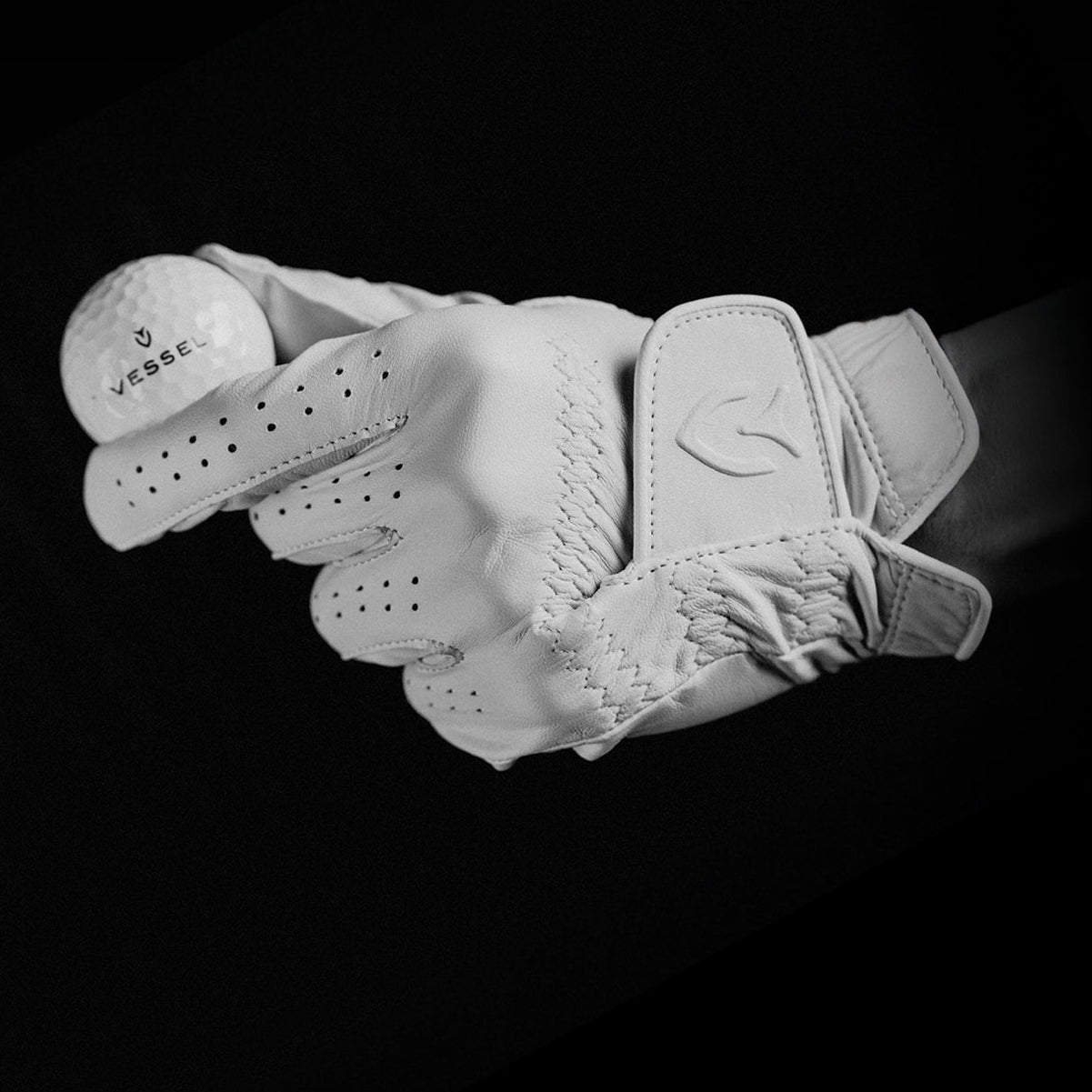
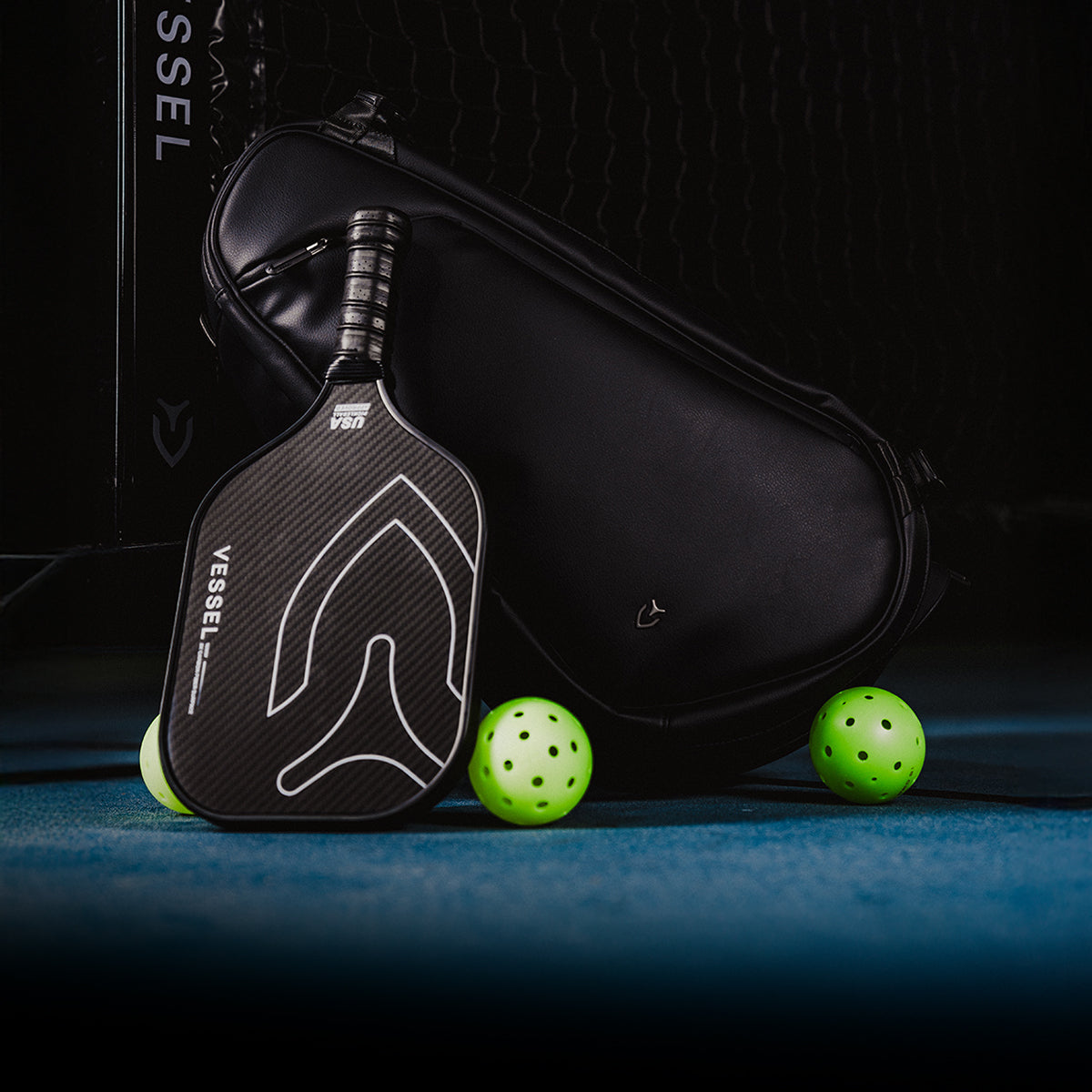
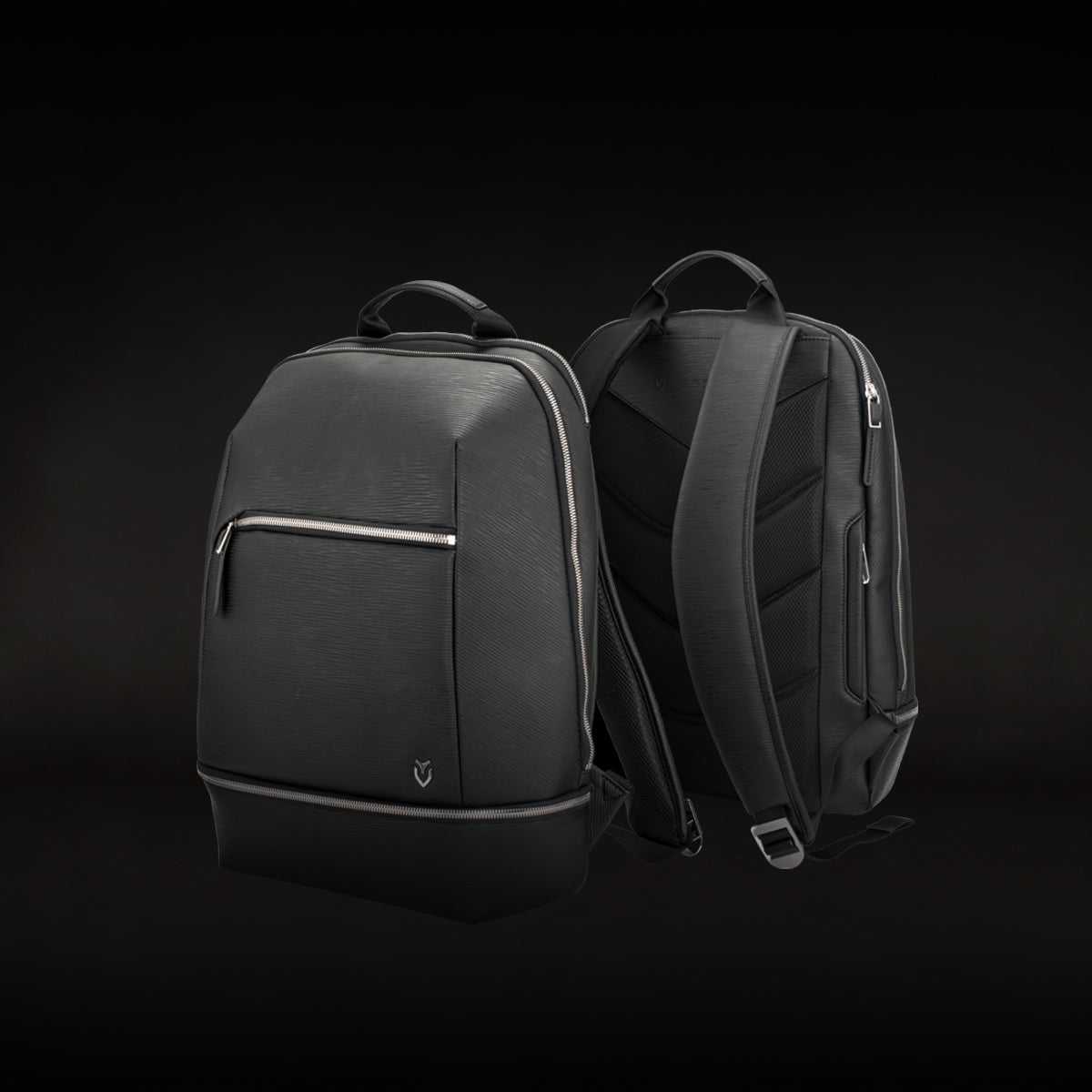
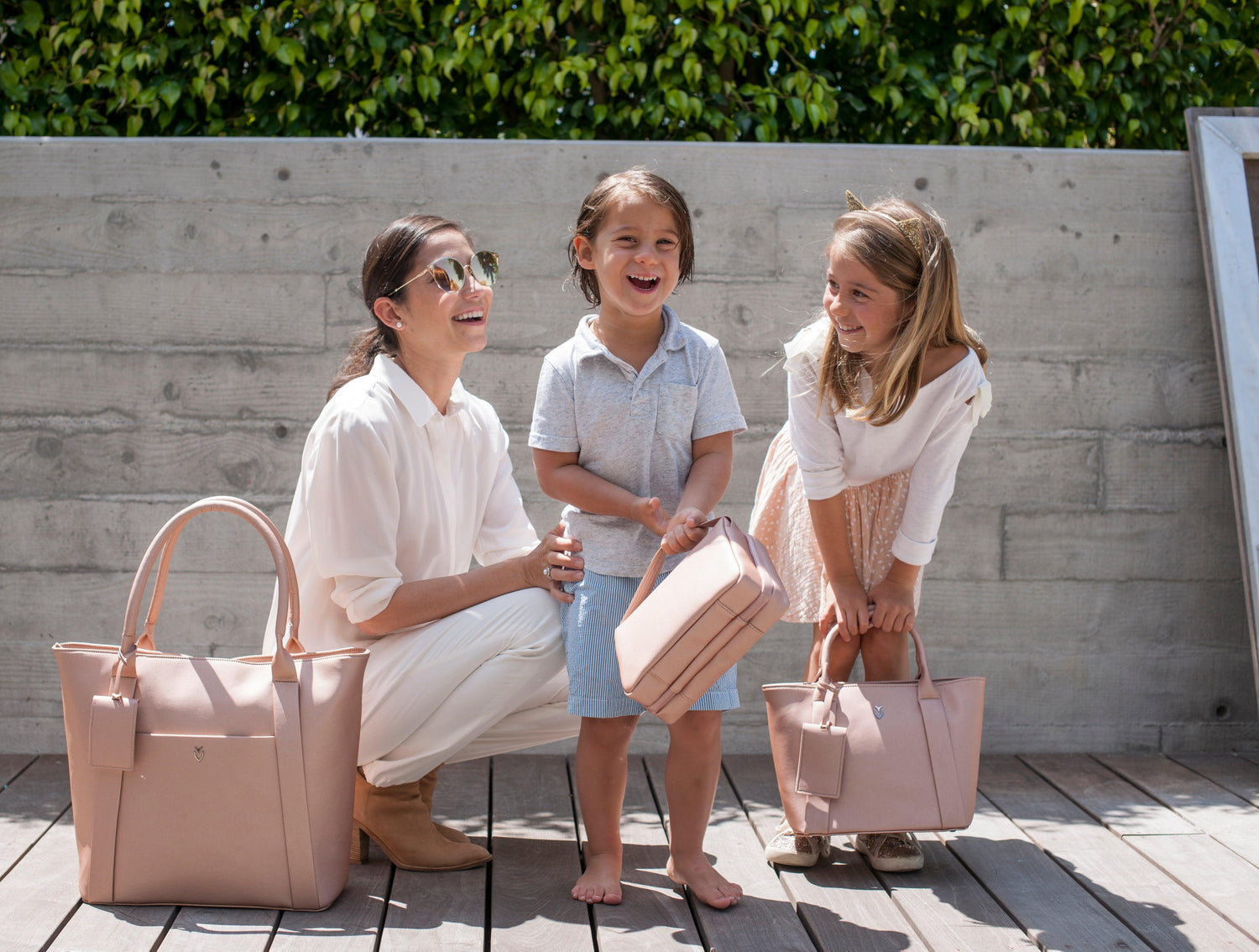
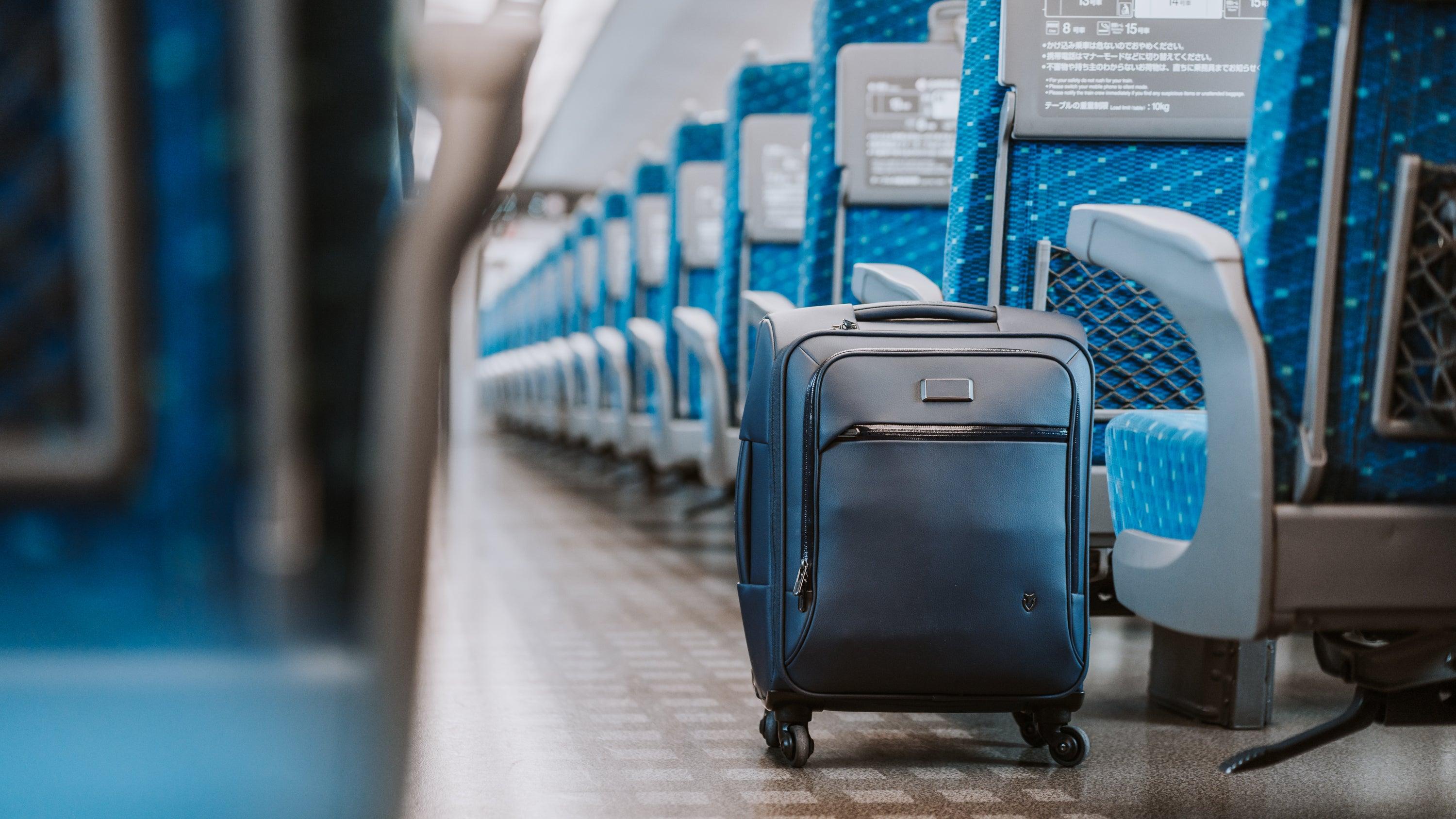
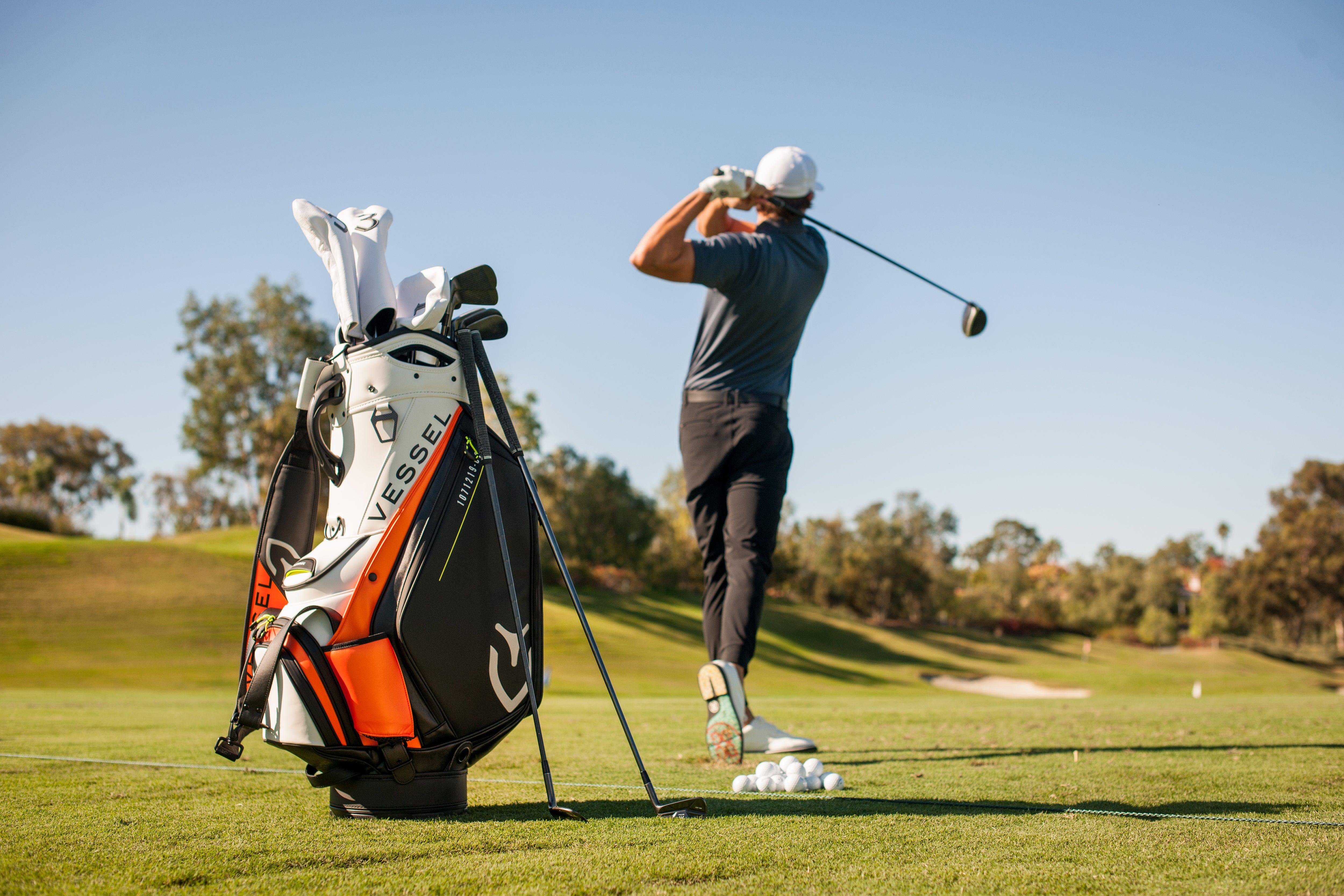
Leave a comment
This site is protected by hCaptcha and the hCaptcha Privacy Policy and Terms of Service apply.